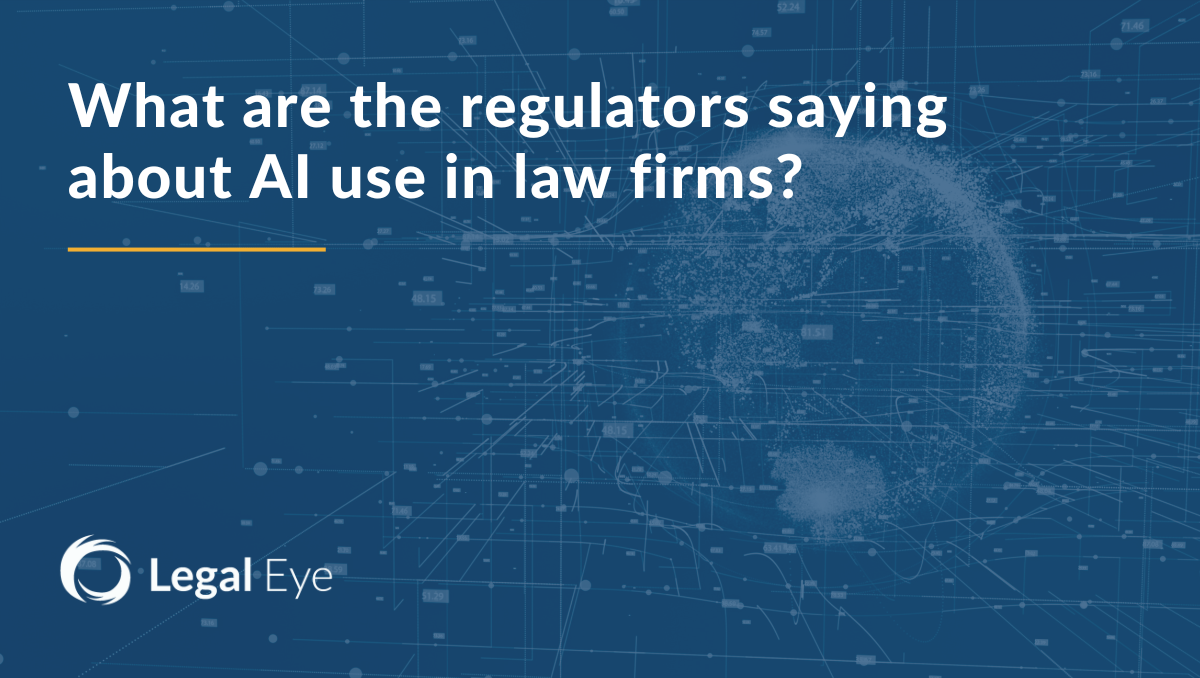Artificial intelligence is here, and law firms are already experimenting with it. Whether you're exploring…
The high value of money involved in the home buying process, makes the sector an illicit target for fraudsters.
This week a particularly shocking case of a man’s house being ‘stolen’ was reported by the BBC. The staggering realisation that a person’s house can literally be sold without their knowledge is headline grabbing. But when we look at the way this potential crime could have happened, it’s easy to see when the right circumstances align and lack of due diligence occurs, criminals can strike and succeed.
- Empty / irregularly inhabited properties with no mortgage are at particular risk and would make it much easier for criminals to commit such offence.
- The criminal intercepts post to the said property, potentially with a simple postal redirect request
- With access to personal documents, in this instance the victim’s driving license, the criminal can set up a bank account in the victim’s name
- Without conducting appropriate due diligence on the ‘client’, it’s easy to see how sale funds can be sent to the wrong place.
The Solicitors Regulation Authority stipulates in their guidance: “Client money must be protected from fraudsters and scams, especially in conveyancing where money is at particular risk. High property prices mean that house purchases involve very large sums. This leads to criminals going to considerable efforts…
“Firms that hold client money need to have appropriate systems and controls to protect that money and to comply with the SRA Accounts Rules. They must be able to monitor how well these systems are working.”
The Law Society advises:
1.4. Practices must have a policy in relation to the avoidance of involvement in property and mortgage fraud, which must include:
- carrying out relevant checks in relation to the conveyancer acting for the other party
- a documented risk assessment that identifies the warning signs of fraud and assesses the risks
- a documented procedure for dealing with transactions where there is a significant risk of fraud
- a documented procedure for enhanced checking of the identity of the practice’s clients where a high risk of fraud is present
- a documented procedure showing how the practice will proceed when acting for a buyer where there is a significant risk of a fraudulent seller
- regular (at least annually) training to all relevant members of staff.
Sophie Swanborough, Client Onboarding & Training Manager for legal sector risk mitigation experts Lawyer Checker said, “The cyber crime risk that conveyancers face is unfortunately a threat that is ever growing and evolving. The SRA reported that during the first lockdown when lots of firm’s hurried to adapt to a new way of working, there was a 337% rise in reported phishing scams.
“This recent news report about a man’s house being ‘stolen’, is all the more shocking as the audacity and impudence of the criminal when aligned with the devastating lack of due diligence across the whole home buying process, meant such a situation occurred.
“Ensuring demonstrable due diligence practice is in place across every transaction is of vital importance. Utilising Lawyer Checker’s Consumer Bank Account Checker to validate the destination of funds is an easy way to incorporate such measures. Conveyancers can also be assured of a fellow firm’s bank details before transferring funds by utilising a Lawyer Checker Account & Entity Screen search. Also, confirming a client’s identity and source of funds is simple when using the Thirdfort ID Checker to give firm’s assurance when onboarding clients. All simple, yet effective approaches that can easily be adapted into every conveyancing case.”


